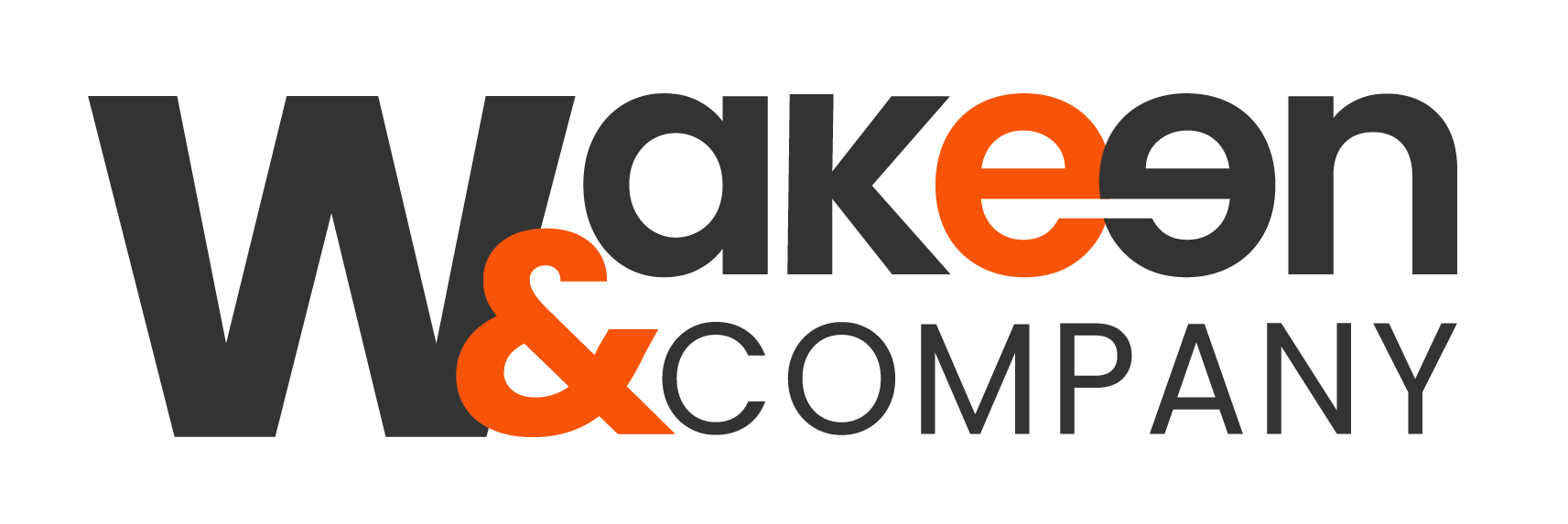In today’s fast-moving digital landscape, it’s easy to feel like you’re always one step behind. A new platform goes viral. A competitor launches an AI-powered chatbot. Your inbox fills up with articles promising “5 Tech Tools You Need Right Now.” And suddenly, your carefully crafted strategy starts to feel … old-fashioned.
But the truth is that chasing every trend can be just as dangerous as ignoring them altogether. Let’s talk about how to adopt the right technology and respond to emerging trends without losing your strategic focus.
- Automate Intentionally – Automation is no longer a “nice-to-have”—it’s essential. But implementing automation isn’t just about cutting costs or speeding things up. It’s about freeing up your team to focus on the high-value work that really moves the needle.
Whether it’s automating repetitive workflows, email sequences, data entry, or customer service touchpoints, smart automation should align directly with your goals. Adopt tech that helps you work smarter, not just faster.
Ask Yourself: Does this tool help us execute our strategy more effectively? Does it free up capacity? Or are we just adding noise to our tech stack?
- Follow Your Audience, Not the Hype – It’s tempting to jump on every new platform – Threads, BeReal, the latest AI-generated content trend – but unless your audience is there and engaging, it’s just digital tourism.
Instead, listen to your audience. Where are they spending time? How are they interacting with content? What problems are they trying to solve? Your audience should lead your tech adoption – not tech headlines.
Hint: There is plenty of research available on media consumption, engagement benchmarks and industry trends through sources like eMarketer, Salesforce and individual social platforms, that you can make an informed decision on which platforms to test. Psst! It’s also okay to just ask your customers …
- Work the Plan Before You Pivot – Like a fine wine, every strategy needs time to breathe. Trends come and go, but long-term results require consistency. If you constantly change course, it’s hard to know what’s actually working.
Set reasonable testing windows – say, three to six months – before overhauling your approach. This should give you enough data to subjectively evaluate performance without panicking over early metrics.
Pro Tip: Run reporting on a regular basis (every 2 – 4 weeks) and schedule regular touchpoints with key stakeholders to review key metrics (both quantitative and qualitative) during the testing window. Trends can influence tactics, but strategy should be your compass. This is true of your marketing and overall business plan.
- Respond vs. React – The best teams aren’t trend chasers – they are trend evaluators. They look at new technology and ask, “Does this support our goals? Does it improve the customer experience? Does it create more capacity for our team? Is there a clear ROI?”
Confidence in your strategy doesn’t mean stubbornness. It means that you have done the work, you are measuring the right metrics, and you trust the process. When a truly valuable trend comes along, you will be able to act in response to the data, customer demand and/or operational efficiency – not just reacting in an attempt to keep up with the proverbial Joneses.
Action Step: Implement a plan for research and learning within your organization, so that you can proactively identify, evaluate and determine which technological trends may benefit or affect your business.
You don’t have to choose between innovation and consistency. The magic is knowing when to adapt and when to hold the line. Adopt technology that amplifies your strategy. Follow your audience, not the noise. And give your plan enough time to prove itself before ditching it or going all-in. Trends will come and go, but a clear, confident strategy is timeless.



